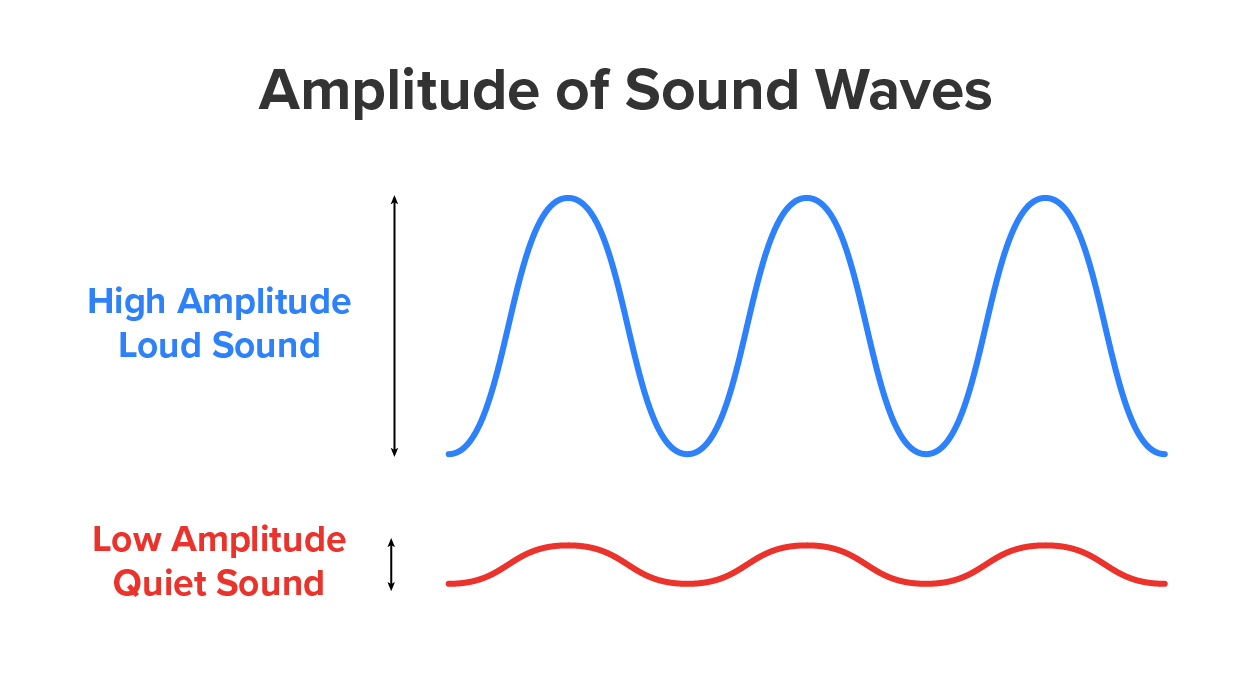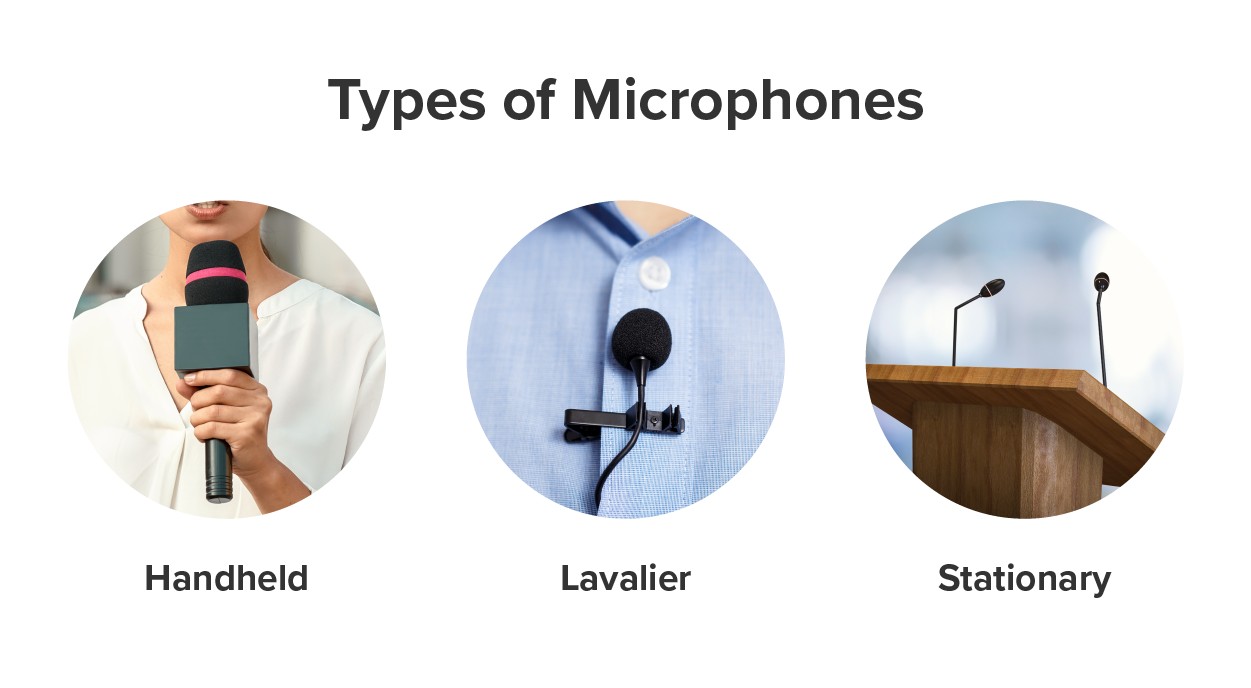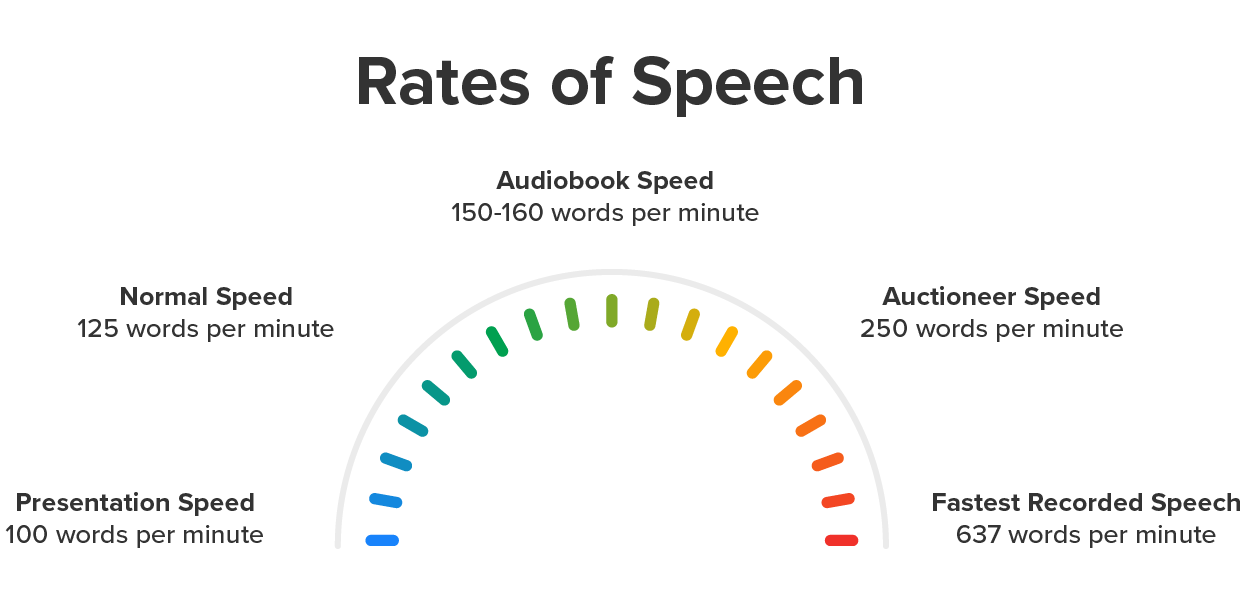Table of Contents |
Sound is made up of vibrations of air molecules that travel in waves. These waves are created by the vibrations of an object. Sound waves are invisible to the human eye, but when they enter our ears, they cause small bones to vibrate. These vibrations are transmitted to the brain through nerves, where they are interpreted.
Our interpretation of sound is complex. It can be loud or soft, high or low. We can also interpret a sound as soothing, annoying, or even irritating. Thus, we often associate emotions with sounds, and our interpretation of some sounds can be very subjective.
In terms of speaking voices, there are several factors at play that can change how we perceive the speaker themselves. One of those factors is volume. Volume is a measurement of how loud a speaker is. Think of a guitar string. If you pluck the string gently, you will hear a soft sound. The string’s movement has created a small sound wave. The harder you pluck the string, the louder the sound is, and the larger the wave is. The size of the sound wave is referred to as amplitude.
Amplitude is the strength or power of the wave signal. Higher amplitudes on the wave graph are interpreted as a higher volume, hence the name "amplifier" for a device that increases amplitude.

The vibration of your vocal cords creates sound in the same way a guitar string does. They produce louder and softer sounds depending on the strength of their vibration. The listener then perceives the sound they hear as quiet, loud, or somewhere in between. Different listeners might hear the same sound in different ways; while one person may not perceive a speaker’s voice as loud, another person might. Thus, loudness is a subjective measurement of volume.
When speaking naturally without any amplification, you need to keep in mind the distance to be covered by your voice because distance can create issues with volume. A person who is sitting far away from you may not be able to hear you as well as someone up close.
IN CONTEXT
You might compare speaking with the act of throwing a ball. Consider how much more muscular effort is needed to throw the ball a long distance than is required to throw it a short one. As you speak, think of your words as balls and mentally watch them, covering the space between you and your audience. Notice how you unconsciously lengthen the voice.
If speaking in a face-to-face group without a microphone, ask yourself if you are loud enough to be heard by audience members in the last row. Speaking to a large group will require more energy to breathe and control your sound production.
In large rooms or when using videoconferencing equipment, you will use a microphone to convert sound into electrical signals for amplification.
The signal may then be sent to an electronic device called an amplifier. The electronic amplifier increases the power of a signal. It does this by taking energy from a power supply and controlling the output to match the input signal shape but with a larger amplitude. A loudspeaker or headset receives the input to produce the amplified sound.
There are several different types of microphones that the speaker might commonly use in different situations.
| Type of Microphone | Description |
|---|---|
| Handheld mics | High-quality mics usually attempt to isolate the diaphragm from vibrations using foam padding, suspension, or some other method. Low-quality mics tend to transfer vibrations from the casing right into the diaphragm, resulting in terrible noise. |
| Lavalier mics | Lavalier mics are attached by a small clip to the clothing of the speaker, usually to collars or ties. The cord may be hidden by clothes and either run to a radio frequency transmitter or a digital audio recorder kept in a pocket or clipped to a belt (for mobile work) or directly to the mixer. These usually do not have protection from handling noise. |
| Stationary mics | These are permanently attached to a podium. With an attached microphone, you are limited to the space immediately in front of the podium. Some stationary mics are in a holder on the podium, which can be removed to allow you to move around at least the length of the connecting cable. |

Microphones can be placed in several different arrangements in the room for recording or videoconferencing, such as:
Rate is how fast or slow a person speaks. Rate is part of the paralanguage of speech, along with loudness and pitch. It is not language, but it accompanies all of your spoken use of language and can convey attitude and emotion. You can vary the rate depending on the emotions you are feeling or the type of message you are communicating.
EXAMPLE
If you are experiencing excitement, you may speak at a faster rate than a speaker who is calm.Normally, you speak about 125 words per minute (sometimes abbreviated as wpm). But you may speak much slower—at about 100 wpm—if you give a slide presentation. You will find that the audiobook speaking rate is about 150-160 words per minute, whereas auctioneers can speak at about 250 wpm.
According to the Guinness World Records, the fastest speaker is Steve Woodmore, who was clocked at a rate of 637 wpm. Caution—slow down a minute to consider what you might do with your speech rate to be more effective.

Source: THIS TUTORIAL HAS BEEN ADAPTED FROM "BOUNDLESS COMMUNICATIONS" PROVIDED BY BOUNDLESS.COM. ACCESS FOR FREE AT oer commons. LICENSE: CREATIVE COMMONS ATTRIBUTION-SHAREALIKE 4.0 INTERNATIONAL.